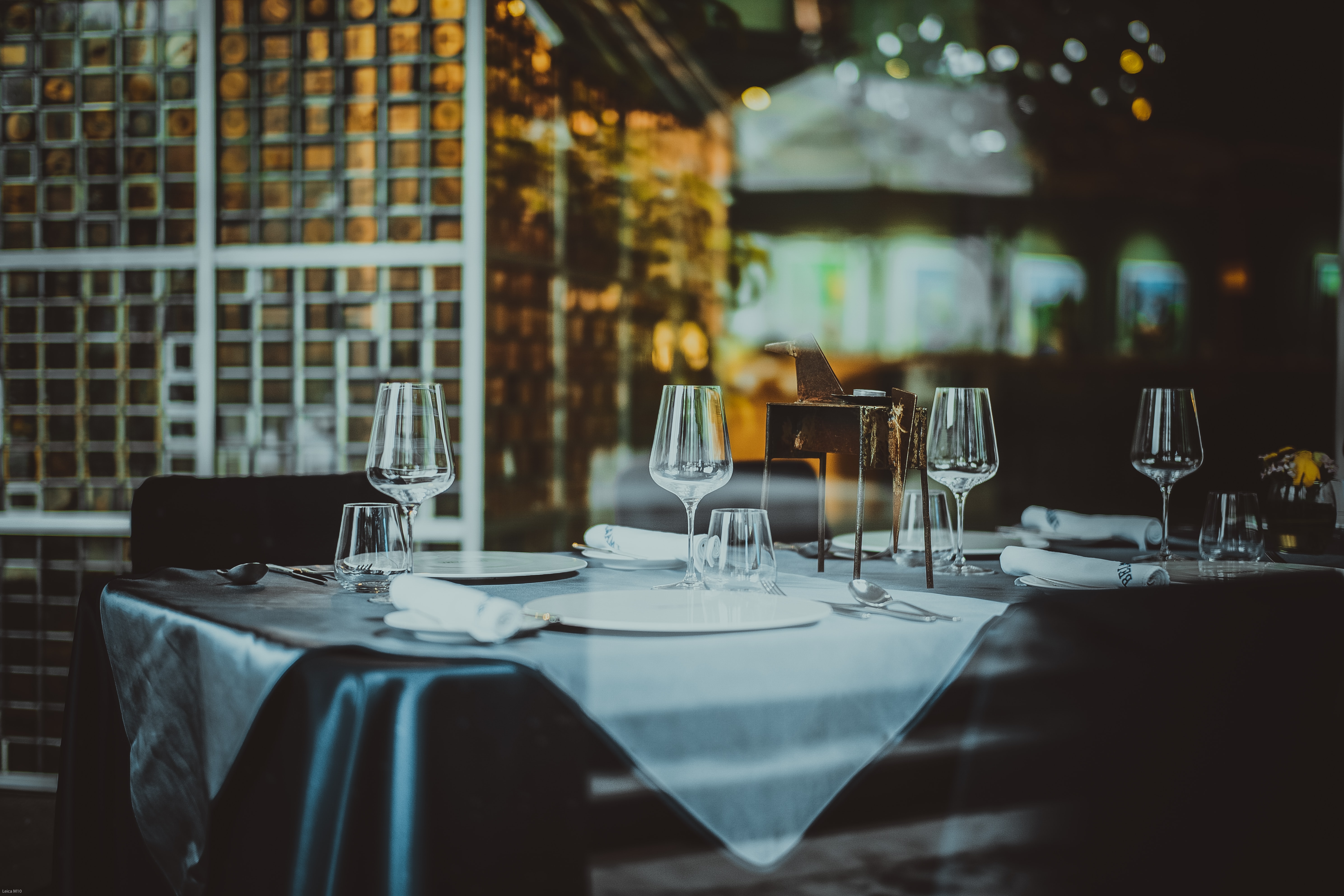
The past several pre-pandemic years have been marked by a boom in the country's restaurant industry, with numerous food outlets emerging in Kyiv and other Ukrainian cities. At the very beginning of 2020, just a month before the introduction of enhanced quarantine measures throughout the country, Olha Nasonova, an expert on the restaurant business, remarked upon the vast amount of food outlets in Kyiv, the level of competition in the sphere, while asking whether the capital even needed so many eateries. Moreover, in 2019, Ukraine ranked third among European countries in terms of its number of cafés opened.
However, the COVID-19 pandemic has changed the situation in the sector dramatically.
Between mid-March 2020, when enhanced quarantine measures were put in place, and mid-November 2020, turnover for food outlets in Ukraine fell by 81%. The first spring lockdown led to the temporary closure of more than 60% of restaurants.
Ihor Tynniy, a businessperson and owner of Montecchi Capuleti, Marlin, and Prague restaurants, described the situation in the restaurant business as "tragic."
This situation made Dmytro Borisov, owner of around 60 restaurants throughout Ukraine, close five of his eateries, and lay off 1000 of his 4000 employees. In mid-autumn, he predicted that 50-80% of restaurants in Kyiv would close down if quarantine and lockdown continued. "Because we, as small business representatives, have no financial cushion, have no chance to take out more credit or attract investments to cover fixed costs," Borisov explained.
In this context, Saveliy Libkin, an Odesa-based restaurateur, predicted in late spring 2020 that it would take no less than a year for the industry to return to its pre-pandemic conditions. The aforementioned report confirms these predictions: if the epidemiological and socio-economic situation in Ukraine allows it, the development of the sector could only restart no earlier than spring 2021, it says.
At the same time, Nasonova has no doubts that flexibility is key for the restaurant business to survive, as restauranteurs need to respond to the fast-changing situation quickly.
Thus, the pandemic situation itself has pushed the Ukrainian restaurant businesses to adapt and introduce some new tools to be able to keep things stable, namely the development of delivery services and the massive digitization of the sphere.
Businesses which failed to embark on new technologies immediately have ceased to exist. Thus, some 20% of cafés and restaurants did not make it through the quarantine, costing 200-250 thousand people lost their jobs in the restaurant sector, according to conservative estimates. The restaurants which have managed to re-build their capacities in a very short time preserved their place in the market and have even thought about the expansion of their businesses.
The need to order food online and the necessity to adhere to sanitary standards have led to a boost in cashless payments.
In 2019, 30-50% of all payments in restaurants were made in cash. In 2020, this figure decreased to 5%, with the remaining 95% being made online or by credit card, Nasonova says.
Borisov agrees with Nasonova, saying the quarantine "has trained people to use digital technologies at a basic level." He explains that "many people have ordered food from supermarkets or restaurants for the first time, and if they were satisfied, they continued to do this even after the end of enhanced quarantine restrictions."
For the majority of restaurant owners, delivery orders have been their only lifeline during the lockdown. According to estimates from Glovo, an on-demand service that delivers food and groceries, the Ukrainian online food delivery market increased by a factor of six or seven between 2019 and 2020. Moreover, the food and grocery delivery services operating in Ukraine forecast additional three or four-fold growth in the market in 2021.
However, delivery orders alone cannot cover all of eateries' expenses. "Delivery provides only a maximum of 30% of normal turnover," Yevhen Husovskiy, a restaurateur, admits.
Restaurant owners polled by The Village agree that, in the best-case scenario, it may cover only one-third of general turnover. Serhiy Trakhachov, a co-founder of the Ukrainian Restaurant Association, says that less than half of Ukrainian eateries used delivery services during the first spring lockdown.
Furthermore, the majority of Kyiv-based restaurateurs agree that delivery services fall short of providing a full solution. Cooperation between food outlets and delivery services is not a win-win situation, Borisov says, since it allows neither restaurants nor delivery services to make a profit. The only way out of this situation for food outlets is to develop their own delivery services. According to Vagan Kerobian, the founder of Menu Group, restaurants with their own delivery systems account for more than 50% of the market as of summer 2020.
Despite the challenges of the COVID-19 pandemic, however, Ukrainian restaurants are striving to hold their place in the market, with some even thinking about expanding their businesses. The need to adapt quickly has pushed many food outlets to introduce new tools and technologies for their and customers' benefit. For those who have managed to reorganize and improve their operations, 2021 promises to be full of new challenges and breakthroughs.
